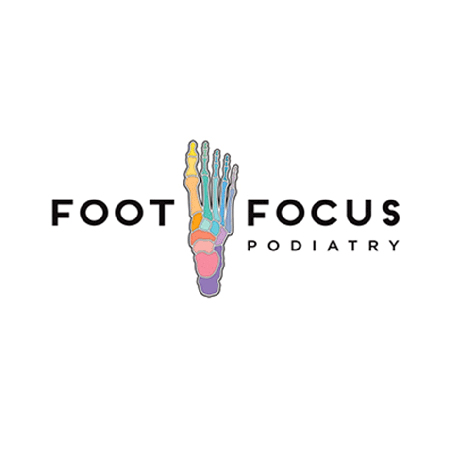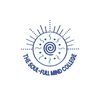
Foot Focus Podiatry/Bowen
Clicking on the Send Me Details Now button opens an enquiry form where you can message Foot Focus Podiatry/Bowen directly
If your injury is severe, your podiatrist may recommend massage therapy. It often works best when used with another treatment like orthotics. A massage is a great tool for short-term pain relief, but it can also be used for long-term treatment if you find great relief! Schedule your massage today!
Foot Mobilisations, Myofascial and Trigger Point Therapies
Servicing area
Wilson, Cannington, Bentley, South Perth, Como, East Victoria Park, Thornlie, Bull Creek, LeemingFocus areas
Foot Mobilisation Techniques
These techniques are helpful for correcting joint motion, quality, and range. They are especially helpful for generalised aches and pains and chronic problems.
For many years, Brent has used manual therapies and mobilisation techniques to treat foot problems with great success.
Trigger Point Therapy / Dry Needling
Dry needling is an effective and safe way to relieve pain and dysfunction caused by muscle knots. It helps relax tight and tense muscles.
It is also possible to use compression techniques (massages) instead of dry needling for people who are afraid of needles. Applying compression to the trigger point stimulates the muscle and its supply of nerves. The trigger point is a hypersensitive area within a muscle or those knots or lumps you feel when stressed.
Myofascial Release Therapy, Deep Tissue and Sports Massage
These soft tissue techniques focus on releasing muscular shortness and tightness improving flexibility and relieving pain. The treatment helps to relax your muscles, stimulate the stretch reflex in them and increase blood and lymph circulation.
In Foot Focus Podiatry, they recognise that your body is an integrated unit and that a number of chains of muscles and fascia (connective tissue) are working together to support your overall health.
Strain-Counterstrain and Jones Point Therapy
This gentle and quick hands-on therapy helps identify tender points within your fascia that cause pain and dysfunction. In 90 seconds, this technique eliminates the tender points and strain reflexes that are causing neuromuscular dysfunction along the fascial chain.
Commonly Used Fascial Techniques
Counterstrain
It’s a manual therapy technique that focuses on the neuromuscular system and the neuro-fascial system. Pain is believed to be relieved by switching off protective reflexes within the nervous system that are created during trauma.
Practitioners identify dysfunctions in the muscles and fascia by finding tender points. After finding the tender point, the practitioner guides the tissue to a position that allows tension to release so that the pain is only noticeable as pressure rather than intense.
After holding this position for 90 seconds, the patient is brought back slowly to a neutral position to avoid “reactivating” the protective reflex. Treatment success results in a marked reduction in tenderness, decreased tension and reduced barriers to motion at the tender point.
Myofascial Release
During this manual therapy, the fascia of the musculoskeletal system is targeted. An acute injury or recurrent microtrauma results in fascia inflammation, leading to scarring. In response to this irritation, the surrounding fascial tissues may distort, causing an imbalance in related muscles.
When using direct MFR, the myofascial tissues are loaded with constant tension while indirect MFR guides the tissues into a more relaxed state. When successful, a neuro-reflexive release occurs, producing greater motion and less pain.
Soft Tissue Techniques
Techniques involving soft tissue focus on the muscles and fascia of the musculoskeletal system. Massage, stretching, and ischaemic pressures are used to decrease muscle spasms, fluid congestion, and tissue immobility.
Book your treatment now!
Business Hours
We're open 5 days.
Monday |
8:00 am | To | 5:30 pm |
Tuesday |
8:00 am | To | 5:30 pm |
Wednesday |
8:00 am | To | 5:30 pm |
Thursday |
8:00 am | To | 5:30 pm |
Friday |
8:00 am | To | 5:30 pm |
Qualifications
- Bachelor of Science
- Bachelor of Podiatric Medicine
Professional Membership
- Australasian Podiatry Association
- APODA - Australian Podiatry Association Western Australia
Nearby Practitioners
View all
Qt
Focus areas

Holistic Psychology
Focus areas

The Soul-Full Mind College
Focus areas

Annie O'Grady, Certified EFT Practitioner and Master Trainer
Focus areas

Beth Little - Mind and Body
Focus areas
Click on Send Me Details Now to get started
Send Me Details Now